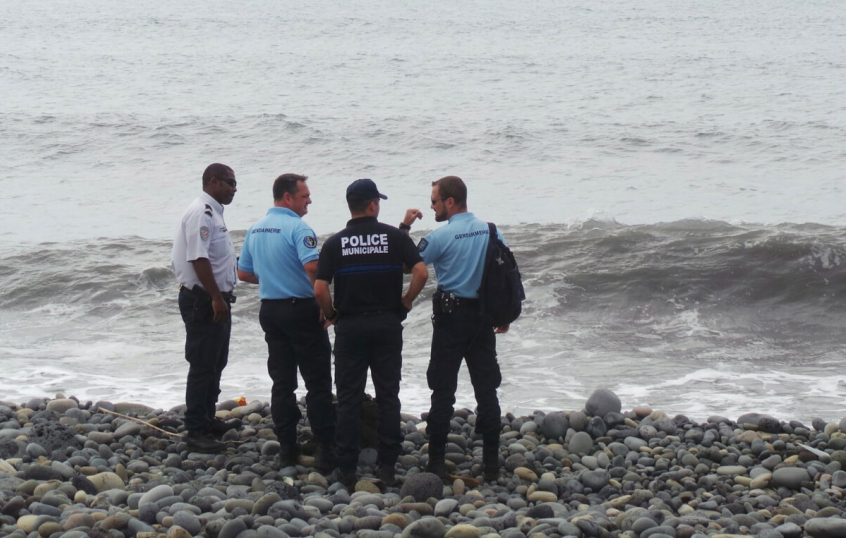
There are more aircraft pieces still afloat in the ocean rather than sinking at the bottom if the wing fragment which has been recently found turns out to be from the Malaysia Airlines Flight 370, experts say.
According to News.com.au, John Page, an aircraft design expert from the University of New South Wales, said that the fragment discovery on Reunion Island led him to confirm that the missing aircraft broke up when it hit the water. While the Boeing 777's main body may have sunk to the bottom, other small parts attached to the tail and wings could still be afloat such as elevators, rudders, flaps, and ailerons.
"I'm certain other bits floated," Page said, "But whether they've washed up anywhere is another question. The chances of hitting an island are pretty low."
This was also confirmed by Geoff Dell, an air safety investigation expert who said that the parts could have also break and float free especially for flight-control surfaces. However, the amount of floating pieces can be determined by how the aircraft hit the water, unfortunately, this fact is still unknown.
If the plane hit the water at high speed and in an uncontrollable way, it would most likely break more thus more debris will be floating in the water. If the plane had a more controlled landing, it would still remain intact and sink.
A professor of Aerospace Engineering at the University of Queensland, Michael Smart, said, "If one piece turns up, perhaps there's a likelihood that others will as well. It's strange to think you'd find one part that floated and nothing else."
Several small white objects were recently found around the coastline of Saint-Andre. The items are now being analyzed as reported by IB Times. The discovery of the flaperon found on Reunion Island led many officials to believe that the mystery of the missing Malaysia Airlines Flight MH370 is close to finally being resolved.













